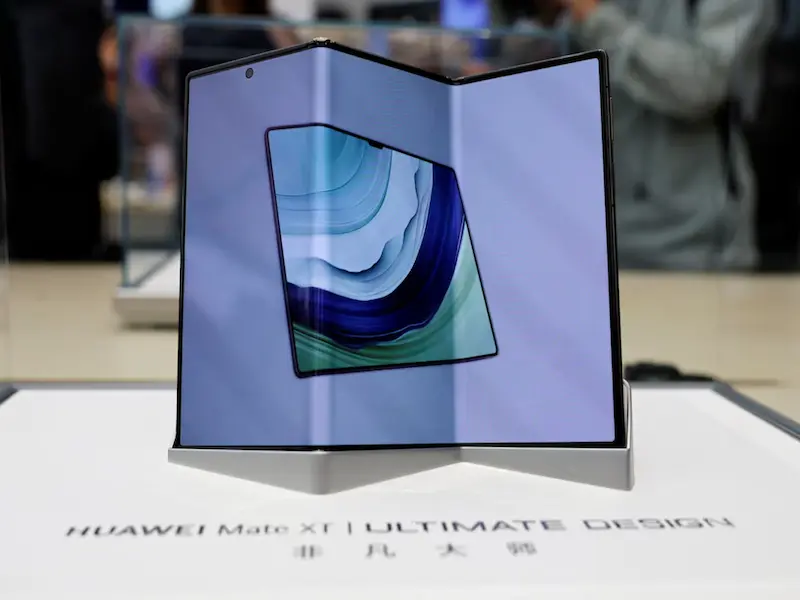- Huawei’s Mate XT has generated national pride in China, showcasing technological innovation amid U.S. sanctions.
- Despite this pride, the high price of the Mate XT deters many potential buyers, raising concerns about accessibility.
OUR TAKE
The launch of Huawei’s Mate XT represents a significant achievement in smartphone technology, particularly under the constraints of U.S. sanctions. However, its exorbitant price may alienate many loyal customers, highlighting the disparity between innovation and consumer affordability. It’s essential for companies to balance cutting-edge advancements with the economic realities of their target market.
–Lily,Yang, BTW reporter
What happened
On September 11, Huawei launched its Mate XT, the first tri-foldable smartphone, igniting national pride in China despite its steep $2,800 price tag. The device challenges Apple’s dominance and is seen as a victory against U.S. sanctions. While social media buzzes with support, a Weibo poll reveals that most consumers are deterred by the cost.
Critics argue that the price is insensitive given the current economic climate. The Mate XT follows Huawei’s Mate 60 series, which features domestically produced semiconductors and celebrates its resurgence in the premium smartphone market. However, many remain hesitant to purchase, emphasising the need for affordability.
Also read: Huawei takes on Apple with first tri-foldable smartphone
Also read: Apple faces AI woes as Huawei tri-fold shines
Why it’s important
This news story reveals Huawei‘s innovative progress in smartphone technology while also reflecting society’s views on economic challenges. It effectively highlights the conflict between national pride and consumer practicality, providing insight into how geopolitical issues affect the technology market.
By showing the excitement around the Mate XT and the financial concerns of ordinary people, this news story encourages a balanced view of technological progress. It highlights the impact of Sino-US relations on consumer choices, which has practical implications for readers who follow global trade and technological progress. The focus on pricing may indicate that innovation alone is not enough to maintain market success.

